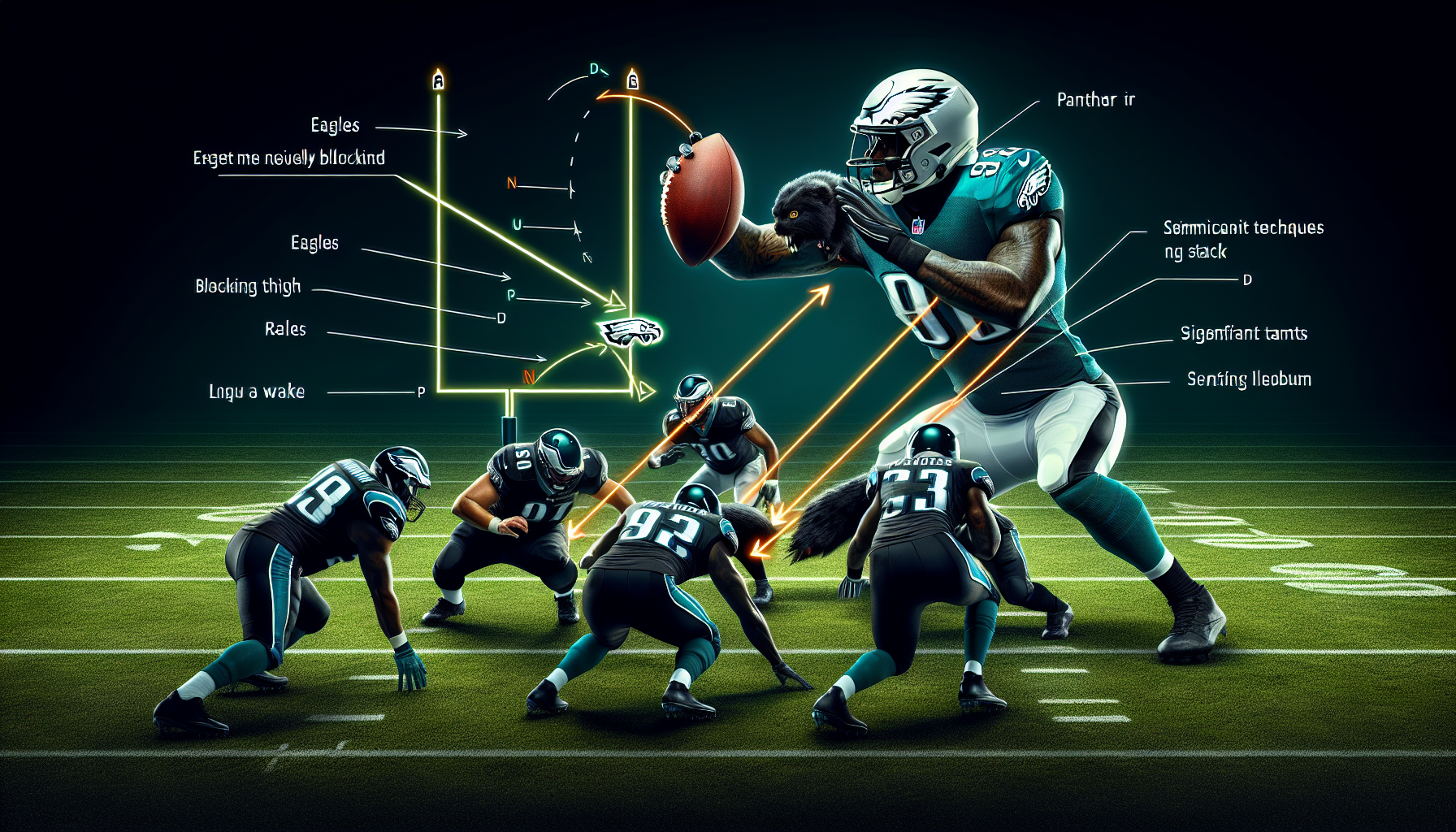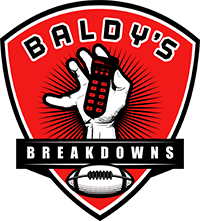
The Eagles’ Defensive Game Plan: A Tactical Blueprint
In football, much like in law enforcement, strategy and anticipation can be everything. Imagine the football field as a bustling city, each team member an operative facing threats in the form of blitzing linebackers or dynamic pass rushers. Amidst the noise, the focus narrows onto the dominant presence of a disruption artist—Dallas Cowboys’ formidable Micah Parsons. The Philadelphia Eagles stepped into this scenario with the precision and foresight reminiscent of elite enforcers on a critical mission, locking down Parsons with unparalleled blocking tactics.
Understanding the Threat
In order to tailor their approach, the Eagles first had to fully comprehend the scope of Parsons’ influence. Often likened to a rugged detective tailing every move of his target, they paid close attention to his tendencies, quickness off the snap, and his unrelenting pursuit of the quarterback. Recognizing that traditional methods would soon be overwhelmed by Parsons’ sheer athleticism, they did a deep dive into his film—a behavioral analysis—rather than relying on paperwork and guesswork.
Parsons had been terrorizing offenses across the league with the force and finesse of a SWAT team’s takedown operation. Quick to adjust and fearless in his approach, he had a knack for sniffing out game plans just like a seasoned investigator senses impending danger. The Eagles, knowing nothing short of strategic brilliance would suffice, went to the drawing board much like law enforcement reviews security footage and predictive analyses in an attempt to stay a step ahead.
Strategic Deception and Layered Defense
Their approach was predicated on layered defense and misdirection, much like a complex grid monitored by cameras ensuring safety across metropolitan areas. To counteract Parsons, the Eagles executed a series of countermeasures designed to obscure their true intentions and spread his attention across multiple tasks. Running backs and tight ends, acting like decoys, became contingents poised between the threats; their presence as added protection was both crucial and disruptive.
Just as a well-choreographed law enforcement maneuver involves decoys and diversions to direct attention away from their true intent, the Eagles formed a barricade. Linemen were charged with engaging Parsons in brief, yet relentless engagements—much like face-to-face negotiations with a determined adversary—creating scenarios that made it increasingly difficult for Pearson to hone in on the quarterback.
Adapting on the Fly
Flexibility and on-the-fly communication stood at the helm of their operations, akin to responding officers tweaking plans based on volatile street conditions. When Parsons attempted to find loopholes, effectively darting inside with his rapid agility, the Eagles adapted with suffocating check blocks, congesting his path the way one would with reinforced barricades. Each play brought micro-adjustments from the blocking unit, akin to in-field tactical teams remapping strategies based on real-time updates.
Guard and tackle pairings exchanged roles seamlessly, akin to patrol cars seamlessly covering districts, optimizing their influence depending on Parsons’ line placement. The Eagles were not just playing defense; they were shaping the gameplay narrative. Each audible call or sudden shift in blocking alignment yelled over the roar evoked images of dispatchers guiding units to exploit fleeting opportunities for control.
Psychological Warfare and Poise
Beyond sheer tactics, the effectiveness of the Eagles’ play involved deploying a psychological warfare element. In floaty uniforms glistening under stadium spotlights, Parsons—the adversary—was afforded no psychological triumph or clear realization of menace, much like how negotiators during standoffs work to limit adversaries’ belief in triumph. Every altercation reaffirmed the calmness of the Eagles’ line, their body language akin to elite agencies broadcasting unwavering poise under duress.
Moreover, time management became a trusted ally—the Eagles’ rhythm and tempo akin to officers defusing ticking situations, wrangling control away from the momentum Parsons attempted to muster. Together with strategic poise and persistence, this created sensory overload, imbuing Parsons’ warpath with disorientation.
Reflection and Future Lessons
Having neutralized Parsons’ skillful havoc, the Eagles emerged victorious with lessons that stretched beyond just a scoreboard win. It represents a reminder that in NFL’s heated construct, much akin to society’s ever-evolving safety landscape, strategy, and teamwork are paramount.
For fans and players looking for thought-provoking breakdowns of this tactical standoff, Baldy’s insightful breakdowns are a treasure trove. Check them out on YouTube and consider boosting your analytical insights by subscribing here. To delve into more discussions and thorough evaluations, Baldy’s presence on X and Facebook expands their engaging dialogue.
Here lies a textbook example of what diligent preparation and teamwork can yield—a story retold at various precincts under soft lighting during reflective discussion in hopes of mirrored success across the league. The chessboard’s always in play; dire enforcements await fresh plots with meticulously planned counterattacks echoing through the electrified silence of NFL weekends.
